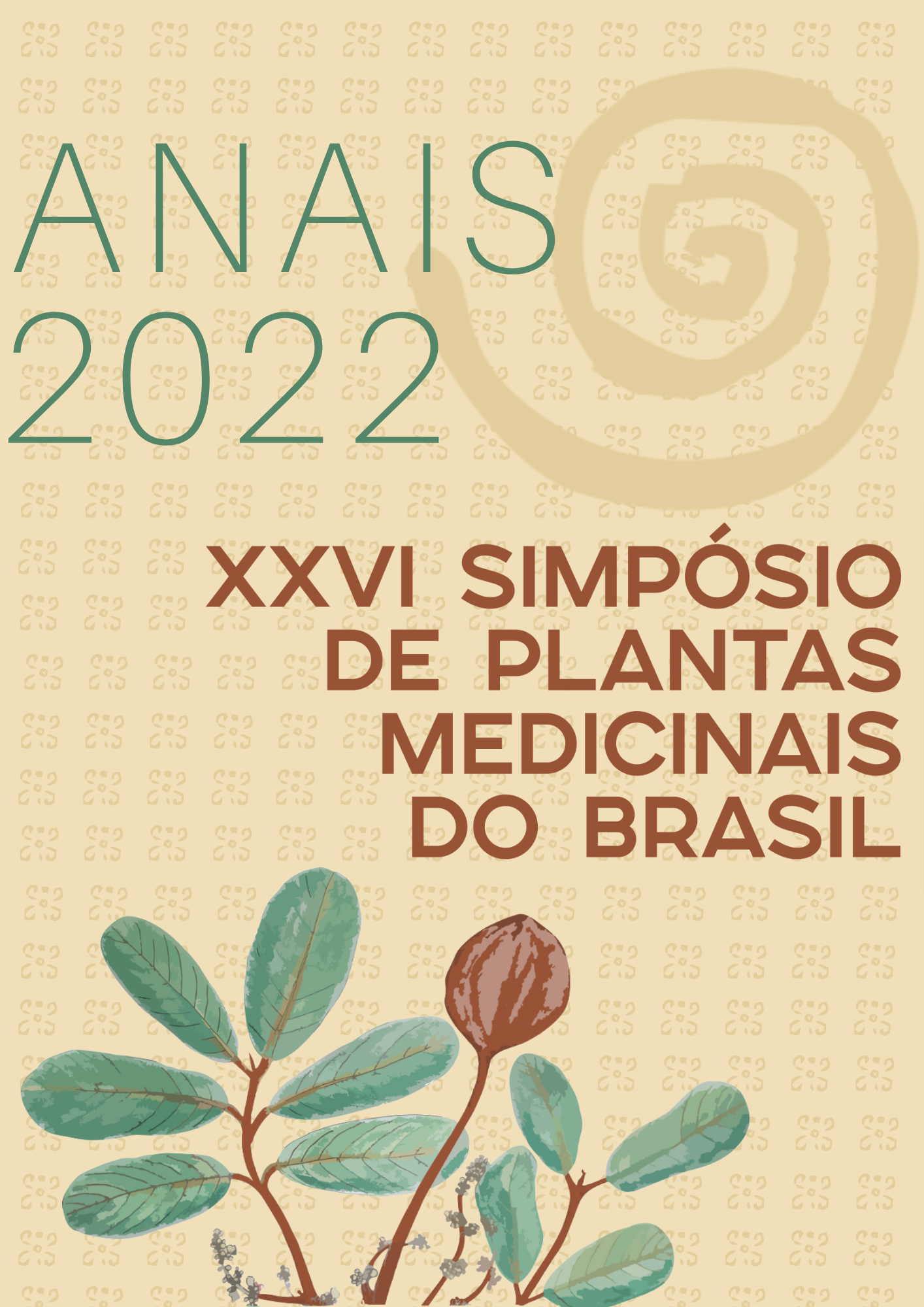BRAZIL NUTS (BERTHOLLETIA EXCELSA) OIL – BASED NANOEMULSIONS USING FULL FACTORIAL 22
Palavras-chave:
brazil nuts, nanoemulsions, full factorialResumo
Brazil nut oil (Bertholletia excelsa) is rich in vitamins, minerals and essential fatty acids, such as oleic and linoleic acid, this makes it a promising raw material for the development of drug, cosmetic or food nanoemulsions. In the pharmaceutical field, it is essential to understand the variables that influence the quality of nanoemulsions, design of experiments (DoE) is becoming commonplace in pharmaceutical technology because it allows the evaluation of the influence of production variables on quality parameters of the formulation. The objective of this research was to develop nanoemulsions with Brazil nut oil using a full factorial 22 to optimize the process. Brazil nut oil was used as the oil phase and Vitamin E TPGS (ISOCHEM, Gennevilliers, France) as a surfactant. The production of the nanoemulsion was performed heating, separately, the aqueous and oil phases, and subsequentenly aqueous phase was poured over the oil phase and kept at a stirring rate of 900rpm. The temperature (50°C to 80°C) and agitation time (5 to 30 minutes) were the 2 variables evaluated in the full factorial 22. The full factorial 22 was applied using the Design-Expert software (version 7.0.0, Stat- Easc, Inc., Minneapolis, MN, USA), with 3 replicates of the central point. The full factorial responses were droplet size and PDI, both determined by dynamic light scattering (DLS) using a Zeta-sizer Nano ZS (Malvern Pananalytical, Malvern, UK) and the zeta potential determined by electrophoretic mobility (Zetasizer Nano ZS, Malvern, Pananalytical, Malvern, UK). In the total 7 formulations were obtained, with droplet size ranging from 52.21nm to 546.8nm, PDI ranging from 0.388 to 0.682 and zeta potential from -4.34 mW to -13.40mW. The droplet size increases, significantly (p<0.05), with increasing stirring time and increasing temperature. The other responses, zeta potential and PDI are not influenced by the variables studied (p>0.05). The incorporation of the full factorial 22 to the development of the formulation allowed the control of production variables in order to achieve the desired results more efficiently, proving to be an excellent tool in planning and conducting experiments in the pharmaceutical area.

